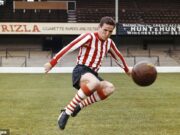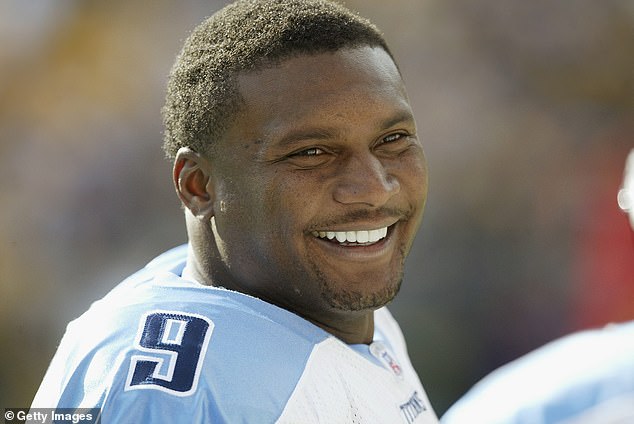Steve McNair was regarded as one of the finest dual-threat quarterbacks of his era, yet the tragic and enigmatic circumstances surrounding his murder continue to overshadow his legacy.
He became the fifth player in NFL history to throw for over 20,000 yards and rush for over 3,000 yards, earning a reputation as one of the toughest competitors in the league.
A forthcoming Netflix documentary – ‘Untold: The Murder of Air McNair’ – aims to delve deeper into the details of his murder.
Initially classified as a murder-suicide, doubts persist regarding whether it might have been a double homicide instead.
Fifteen years after his passing, DailyMail.com revisits the life of Steve McNair and his remarkable achievements on the football field.
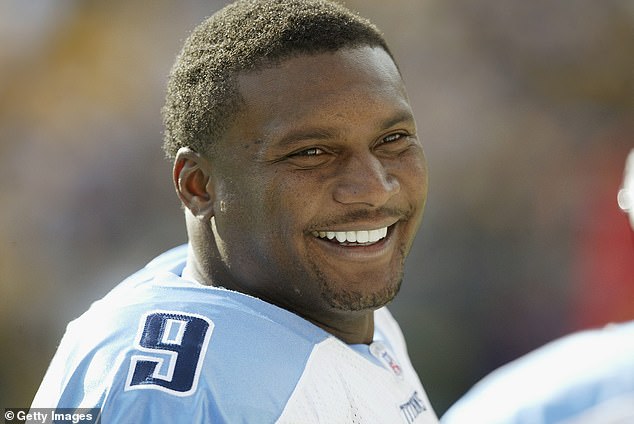
The circumstances surrounding Steve McNair’s death are subject of a Netflix documentary
Born in 1973 in a tin-roofed home in Mount Olive, Mississippi, Steve McNair grew up in a low-income family with his mother, who had five children – including him.
He once remarked about his mother, saying she ‘scratched for every penny. To make us happy, she did without.’
‘It was tough watching my mother work from 11 p.m. to 7 a.m. I recall seeing her close her door and cry because she felt she wasn’t doing a good job raising us, thinking she lacked the income to support us.’
During his time at Mount Olive High School, he led his team to a state championship in football his junior year, demonstrating prowess as a four-sport athlete. Along with football, he played basketball and ran track, showcasing exceptional skills in baseball, having been drafted in the 35th round of the 1991 MLB Draft by the Seattle Mariners.
However, it was in football where he truly stood out, earning All-American honors and excelling on both offense and defense. At cornerback, he amassed a career total of 30 interceptions, tying the state record at that time.
Despite receiving offers as a cornerback from reputed schools such as LSU, Miami, Nebraska, and Ohio State, McNair was determined to play quarterback. He opted to stay close to home by enrolling at Alcorn State University, a Division I-AA HBCU.
Throughout his college career, he excelled both in the air and on the ground, particularly in his senior year, accumulating a combined total of 6,281 yards and 56 touchdowns.
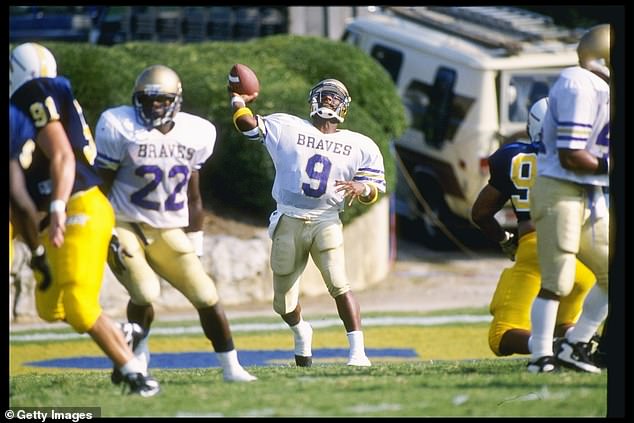
Despite holding offers from top schools, McNair attended Division I-AA Alcorn State
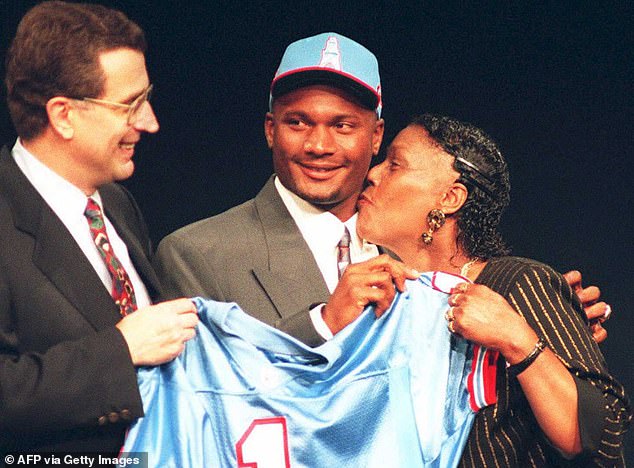
McNair excelled at Alcorn State and was drafted third overall by the Houston Oilers
His extraordinary performance earned him third place in the Heisman Trophy voting, a feat no I-AA athlete has achieved since.
McNair was selected third overall in the 1995 NFL Draft by the Houston Oilers, subsequently signing a seven-year contract.
After serving two seasons as a backup to Chris Chandler, McNair took the helm as the starting quarterback for the Oilers in their inaugural season in Tennessee in 1997.
Although the team ended the year with an 8-8 record and missed the playoffs, McNair’s 2,664 passing yards were the highest for the franchise since Warren Moon’s record in 1993. He also led the team in rushing touchdowns with eight.
In 1998, during the Oilers’ first year in Nashville, later transitioning to the Tennessee Titans, McNair improved upon those passing figures while limiting his interceptions to just ten.
The 1999 season marked his pinnacle despite missing five games due to an inflamed disk. The Titans concluded the regular season with a 13-3 record, making the playoffs for the first time in McNair’s starting career.
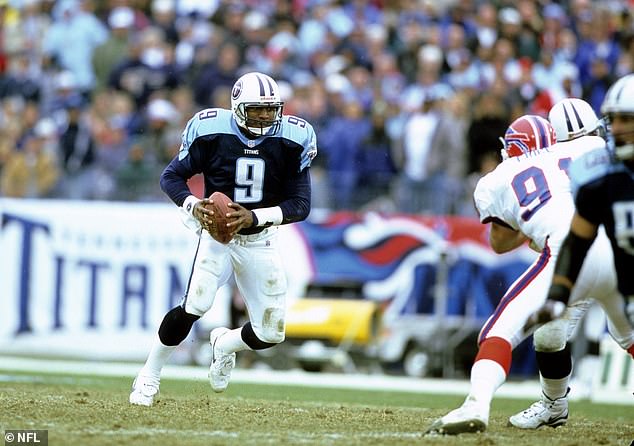
McNair became a starter in 1997 and took off for the Titans in 1999 – making the playoffs
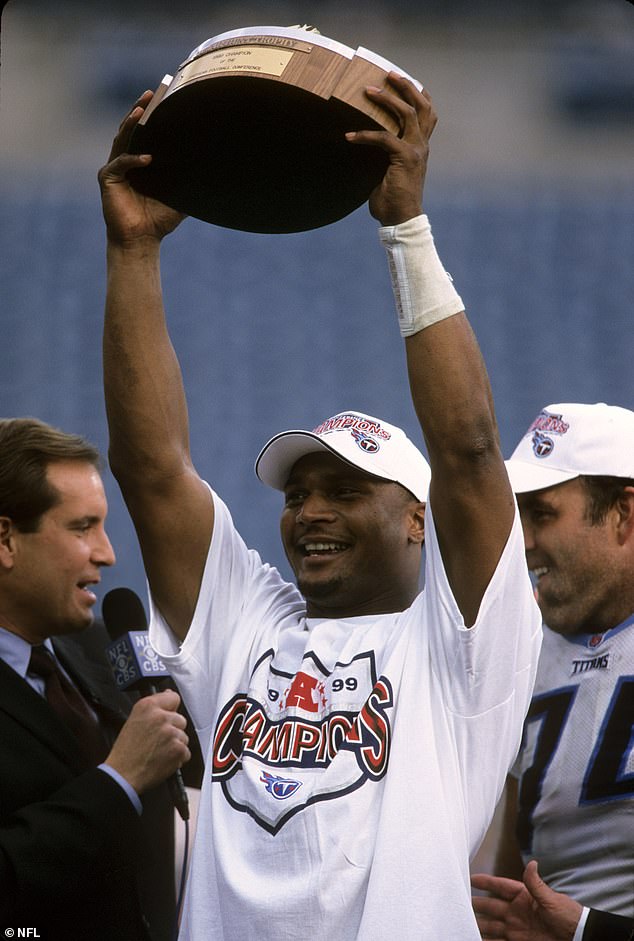
He led Tennessee to an AFC Championship that season, but lost in Super Bowl XXXIV
The Titans required a ‘Music City Miracle’ to triumph over the Buffalo Bills in the AFC Wild Card game before defeating the Peyton Manning-led Indianapolis Colts and the Jacksonville Jaguars to claim the AFC Championship, securing a spot in Super Bowl XXXIV.
In the Super Bowl, they faced the St. Louis Rams and their high-octane offense, famously dubbed the ‘Greatest Show on Turf’, featuring quarterback Kurt Warner, running back Marshall Faulk, and wide receiver Isaac Bruce, among others.
Despite a strong effort, McNair’s final pass to Kevin Dyson fell just a yard short as time expired, leading to a Rams victory.
Though McNair never returned to the pinnacle of the sport, he continued to deliver commendable performances.
He made it back to the AFC title game in 2002 but was defeated by the Oakland Raiders.
The following year, 2003, marked one of his finest seasons, where he threw for 3,215 yards, achieved a career-high 24 touchdowns, and recorded only seven interceptions. That year, McNair was honored as co-MVP alongside Peyton Manning.
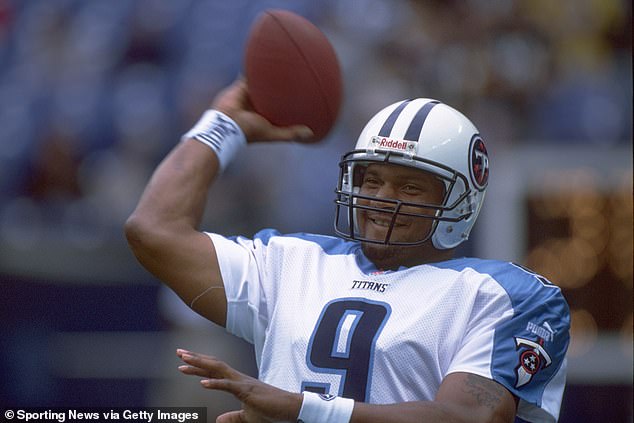
While McNair would never reach the Super Bowl again, he remained a dominant presence
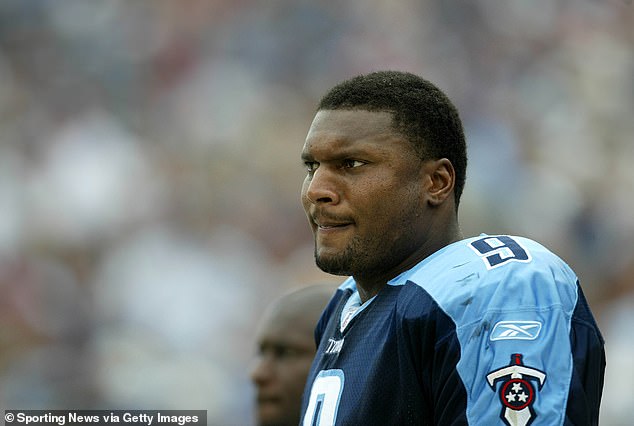
McNair’s best season came in 2003 – when he won co-MVP with Peyton Manning
McNair’s tenure in Tennessee concluded following a difficult 2004 season where he played only eight games due to injury, and a 2005 season that saw the Titans miss the playoffs again.
He was traded to the Baltimore Ravens in 2006 for a fourth-round pick in the 2007 NFL Draft, where he quickly proved the Titans wrong.
While Tennessee finished 8-8, McNair led the Ravens to a remarkable 13-3 record, clinching the AFC North division title in his first year. He eventually fell to the Colts, the eventual Super Bowl champions, in his final playoff appearance.
By 2007, McNair had played only six games, and in April 2008, he announced his retirement.
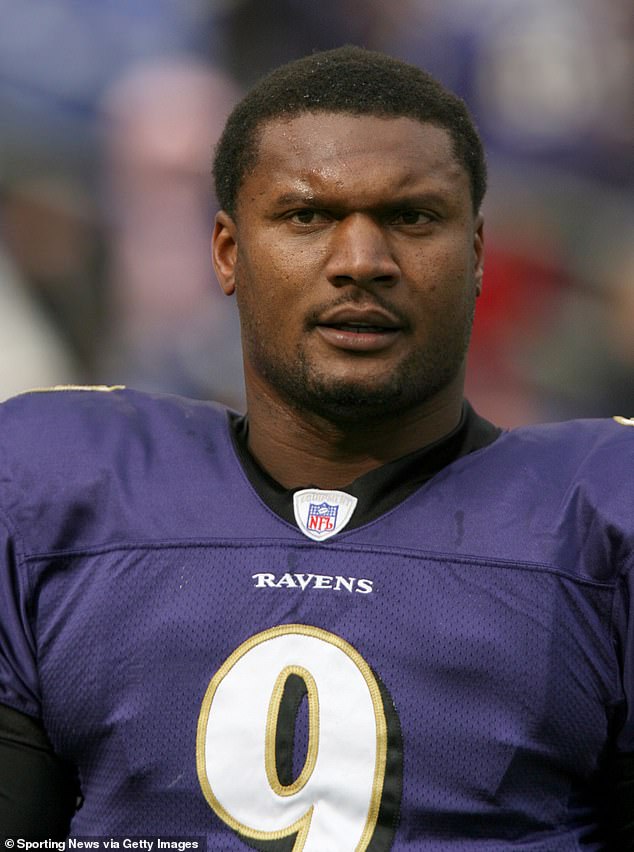
After eleven seasons with the Titans organization, he was traded to Baltimore, where he retired
Though McNair was married to Mechelle McNair from 1997 up until his death, he was also involved with a younger woman named Sahel Kazemi.
On July 4, 2009, McNair was discovered dead from multiple gunshot wounds alongside Kazemi in a Nashville condominium that he was renting.
Earlier that day, the couple exchanged intimate text messages and discussed financial troubles. McNair sent Kazemi $2,000 after she expressed her ‘stressed’ state and her need to pay her phone bill.
Later that evening, after putting his children to sleep, he texted Kazemi, stating ‘on my way’. He was thought to be sleeping on the couch when he was shot twice in the torso and twice in the head.
It is believed that after he was killed, Kazemi sat beside him on the couch before taking her own life by shooting herself in the temple. The incident was classified as a murder-suicide, with Kazemi identified as the shooter.
























